Busan Fishing Village Folk Museum (부산어촌민속관)
2022-12-29
128, Haksa-ro, Buk-gu, Busan
+82-51-363-3333
Opened on February 23, 2007 as a branch museum of Busan Marine Natural History Museum, Busan Fishing Village Folk Museum displays cultural artifacts and materials related to the tradition, history and folklore of Busan's fishing culture and development. Designed with the theme of "Fishing Village Trip from the River to the Sea," the exhibition halls are divided into Nakdonggang River Fishing Village Folk Hall and Busan Fishing Village Folk Hall.
Ebagu Crafts Workshop (이바구공작소)
2025-01-17
14-13, Mangyang-ro 486beon-gil, Dong-gu, Busan
+82-51-468-0289
Ebagu Crafts Workshop was created as part of an urban regeneration project centered along Sanbok Road. The workshop serves as an archive center for the stories of local residents in Sanbok Road, and a new planned exhibition is held every two months. Personal collections, as well as the history of locals living in this district are well preserved, creating a warehouse of cultural resources for the future.
* Opening Date: March 6, 2013
Namhae German Exhibition Hall (남해 파독전시관)
2022-12-27
89-7, Dogil-ro, Namhae-gun, Gyeongsangnam-do
+82-55-860-3540
Namhae German Exhibition Hall opened on June 28, 2014 to display the history and artifacts related to Korean miners and nurses who were sent to Germany for work in the 1960s. At the time, Korea was one of the poorest countries in the world, with an unemployment rate of 30%. The exhibition hall shows the sad and lonely reality these workers lived through while working away from their home country in order to send money home to their families.
Maegoe Museum (매괴박물관)
2019-03-19
10, Seongdang-gil, Gamgok-myeon, Eumseong-gun, Chungcheongbuk-do
+82-43-881-2808
Maegoe Museum is located on the grounds of Gamgok Maegoe Virgin Mary Catholic Cathedral and showcases the Catholic history of the area over a span of more than 100 years. The museum displays items important to the early Church in Korea, as well as items used by the first priest. The museum serves as a complete education center for visitors to Gamgok Maegoe Virgin Mary Catholic Cathedral.
Busan Trick Eye Museum (부산 트릭아이뮤지엄)
2024-03-06
(2F, Busan Museum of Movies), 12, Daecheong-ro 126beon-gil, Jung-gu, Busan
+82-51-557-1577
Trick Eye Museum is centered around "trick eye," the English expression of the French word "trompe-l’oeil." It refers to an art technique that creates a 3D optical illusion from a 2D painting. The museum is a playground of interesting photography, with paintings adorning the walls, floors, or the ceiling, allowing visitors to take strange and quirky pictures. It is divided into five zones: Aqua, Masterpiece, Adventure, Ghost, and VR.
The Korean War Exhibition Hall (6.25 전쟁체험전시관)
2021-04-17
481, Geumgangsan-ro, Goseong-gun, Gangwon-do
+82-33-682-0088
The Korean War Experience Hall, located next to the Unification Observatory, offers lessons learned through the tragedy of civil war and provides hopes for a peaceful reunification and harmony in the homeland. Visitors can get a deeper understanding of the Korean War and the hardships it led to through videos, materials, and relics on display in this hall.
Daegu National Science Museum (국립대구과학관)
2023-01-05
20, Techno-daero 6-gil, Dalseong-gun, Daegu
+82-53-670-6114
At Daegu National Science Museum, children can explore the world of science while they play and participate in diverse hands-on activities. Various science programs provide opportunities for children to use their imagination and creativity as they engage in learning.
Eulsukdo Cultural Center (을숙도문화회관)
2019-12-23
25, Nakdongnam-ro 1233beon-gil, Saha-gu, Busan
+82-51-220-5811
Consists of a big and small performance theater, outdoor playground, exhibition halls and other integrated cultural arts performance space, the Eulsukdo Cultural Center was established in a harmonious blend of nature and culture. With the wide grass fields against magnificent architecture, as well as various art sculptures and pond rest areas, this is a great cultural space for residents to take a rest while enjoying the nature.
* Opening Date: October 5, 2002
Chang Kee-ryo Memorial Hall (장기려기념 더 나눔센터)
2019-04-10
48, Yeongchowit-gil, Dong-gu, Busan
Established in 2013, the Chang Kee-ryo Memorial Hall is a place to honor Dr. Chang, often referred to as the Schweitzer of Korea, for his lifelong practice of sharing with poor neighbors.
Provisional Capital Memorial Hall (임시수도기념관)
2021-04-16
45, Imsisudoginyeom-ro, Seo-gu, Busan
+82-51-231-6345
The Provisional Capital Memorial Hall was established on June 25, 1984. The memorial hall is significant for its role as the provisional government during the Korean War. The memorial hall was built in 1926 and it was used as the residence for the province governor of Gyeongsangnam-do. When the Korean War began in 1950, the building was repurposed to serve as the provisional government of Korea. Currently, the memorial hall is a great place to learn about Korean history because it contains the historical scenes of the provisional government during the Korean War. It contains exhibitions from the Korean War that display the everyday lives of civilians as well as the political, economic, and cultural aspects of the city of Busan.
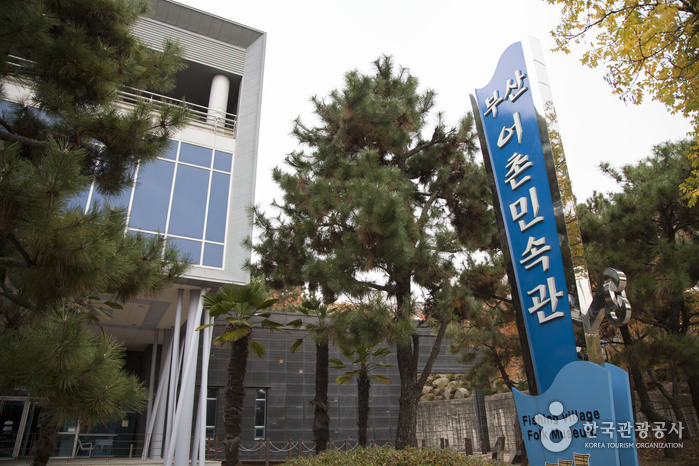
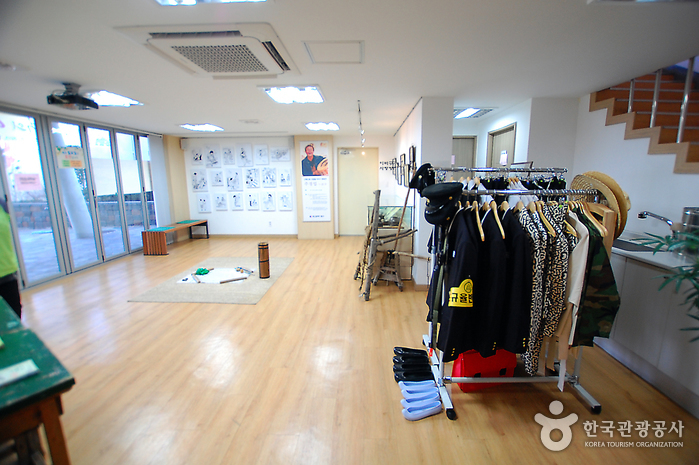
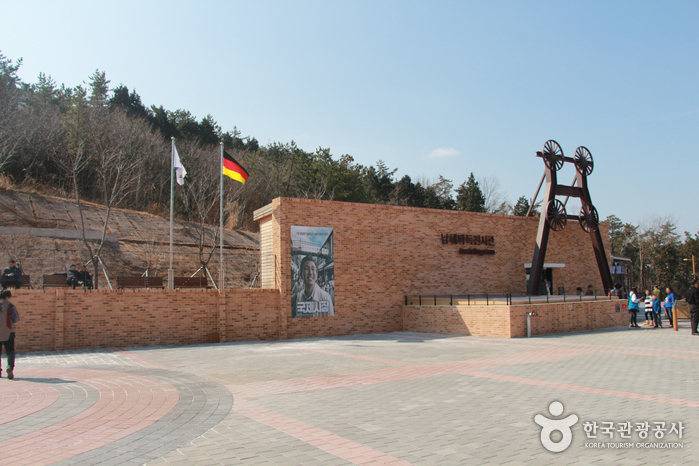
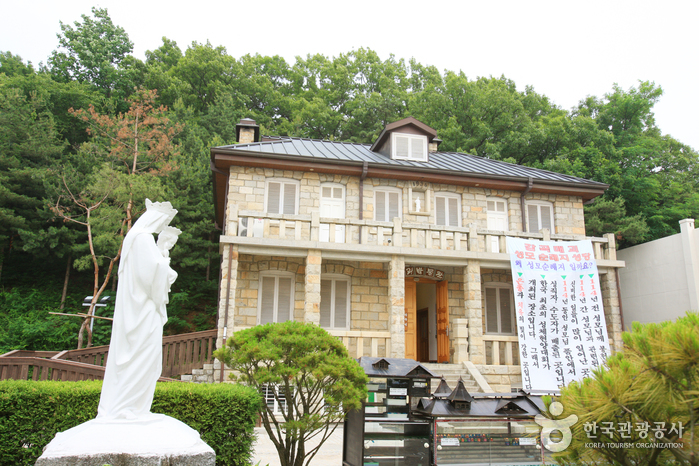
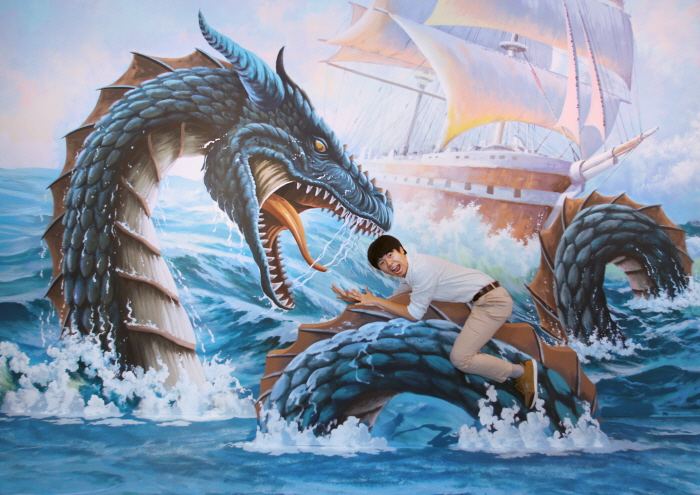
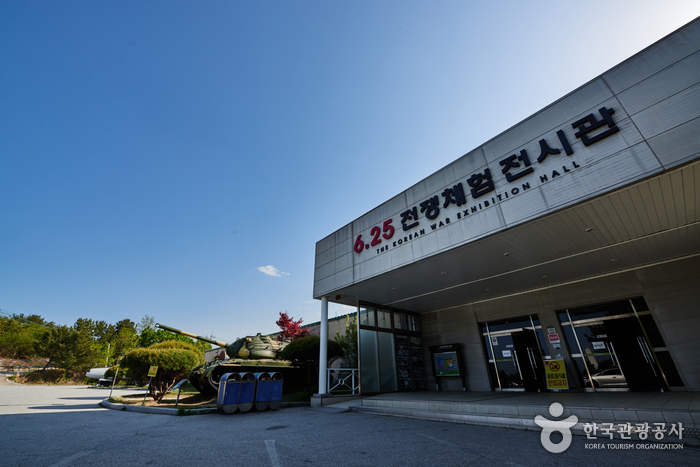

 English
English
 한국어
한국어 日本語
日本語 中文(简体)
中文(简体) Deutsch
Deutsch Français
Français Español
Español Русский
Русский